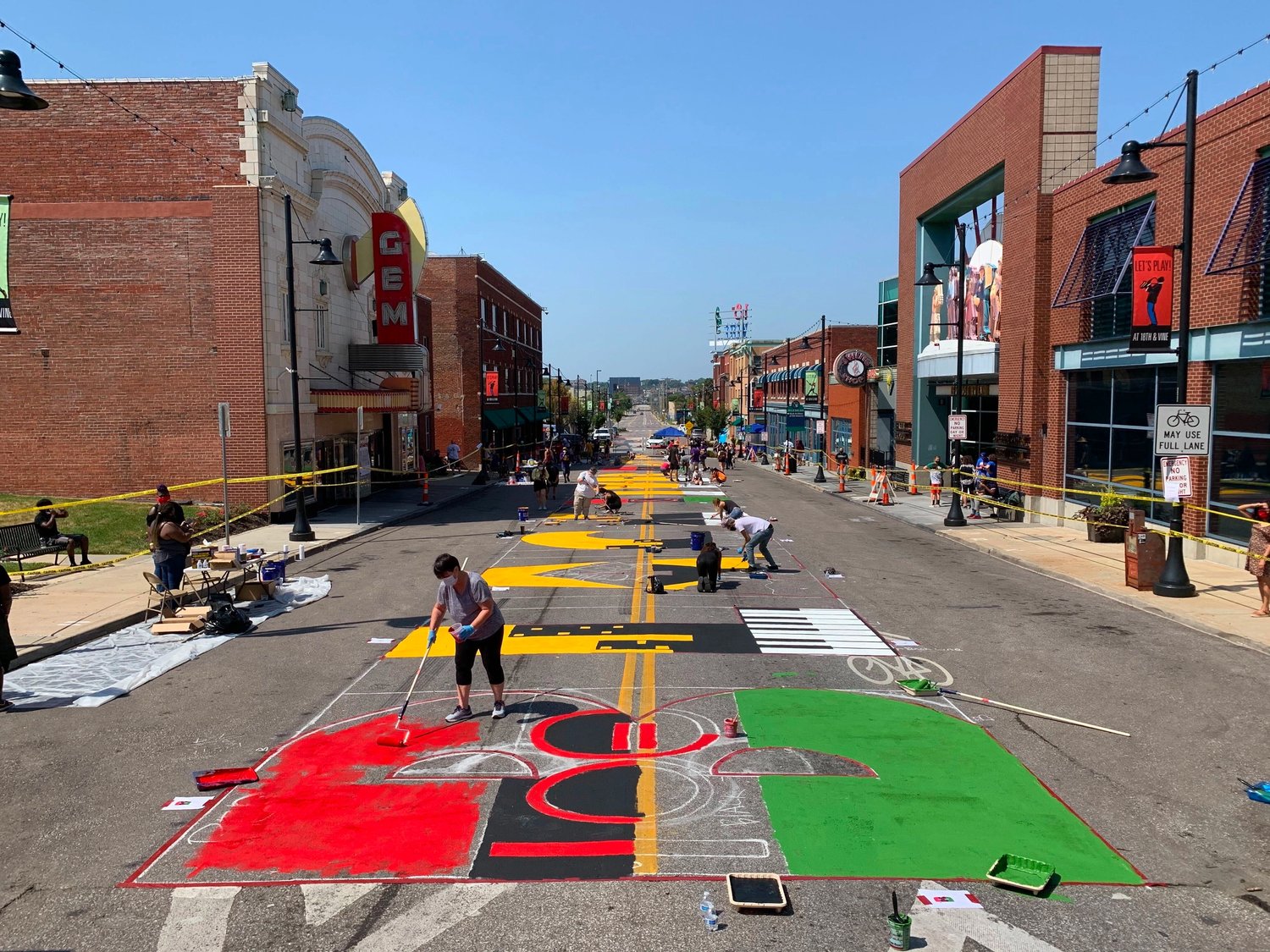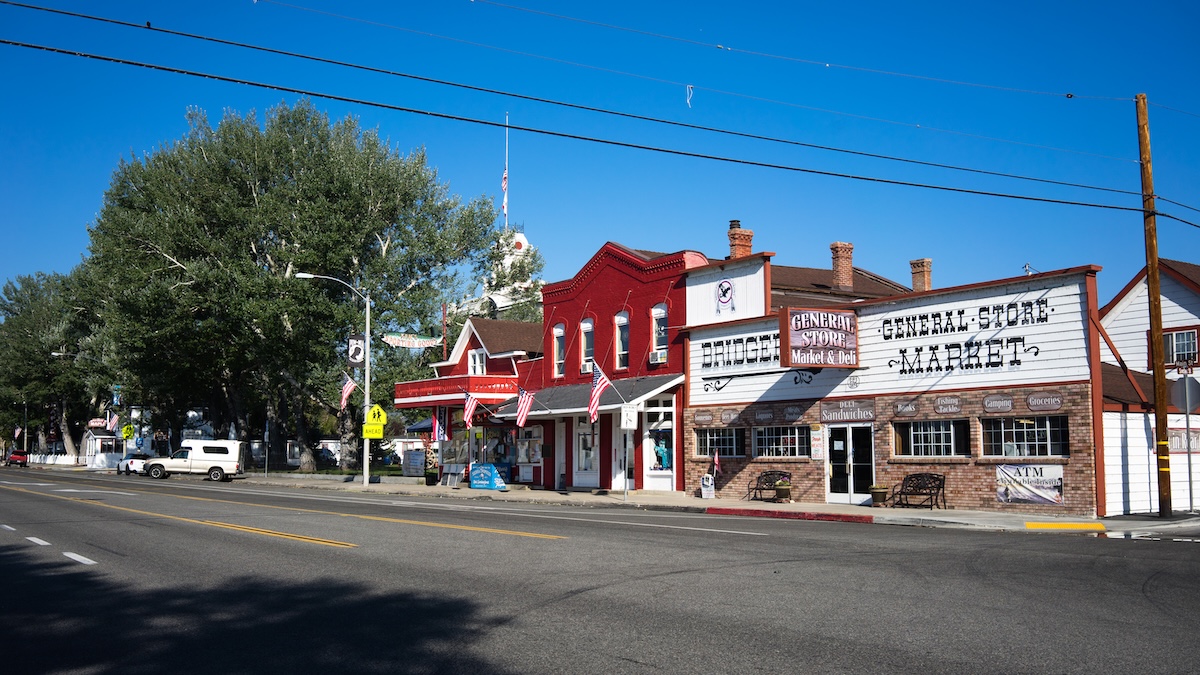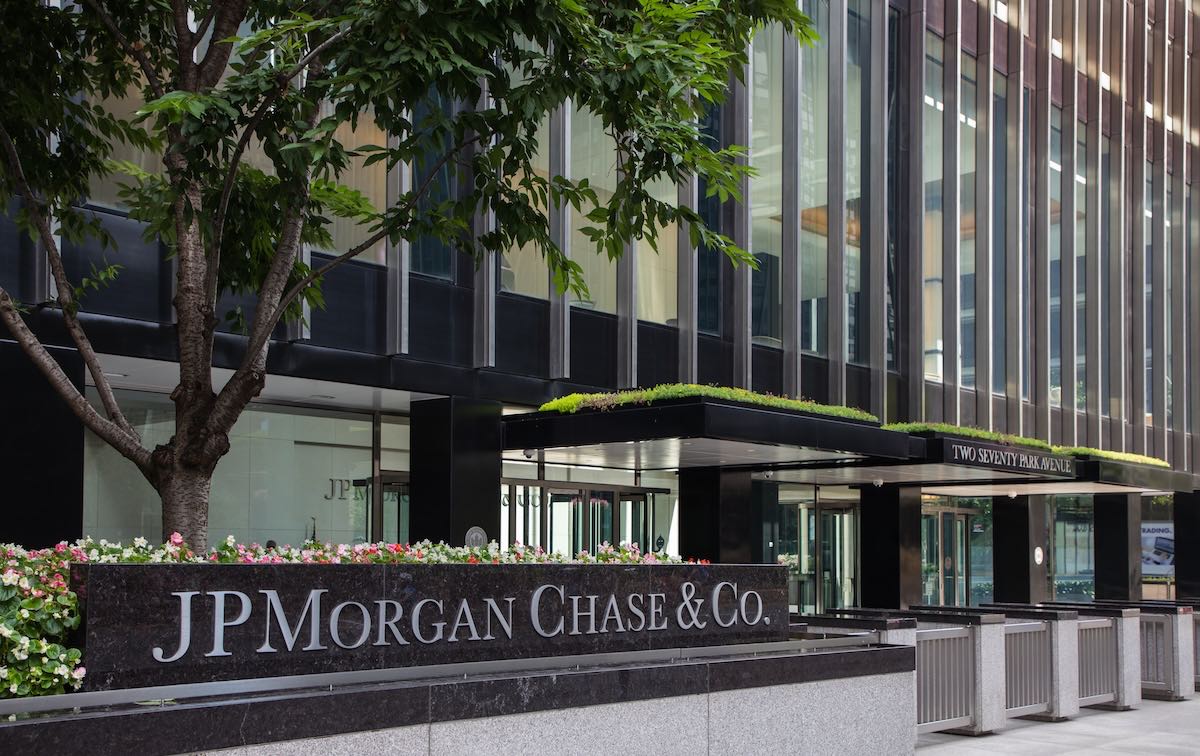ImpactAlpha, July 12 — A “new wealth agenda” aims to increase by 10-fold the wealth of U.S. households of color and those in the bottom half of the county’s range of wealth distribution.
The Aspen Institute’s eight-part agenda, released last month, starts with measures to establish financial security by helping households establish positive monthly cash flows and reduce their burden of medical, student-loan and other debts.
To actually build wealth and set their families up for future prosperity, however, households need access to assets that appreciate over time. Chief among those assets is real estate, including commercial property as well as home ownership.
“When you buy real estate, as long as it’s increasing in value and you’re paying down the debt on that property, you’re creating equity,” says Talib Graves-Manns of Partners In Equity in North Carolina, which helps primarily Black business owners buy the commercial properties in which they operate. “You can sell it and get cash windfall or you can use it as leverage to acquire other properties. That’s one of the biggest benefits of being an owner in real estate.”
Household cash flow
More than half of U.S. households have expenses that match or exceed their income, leading to food and housing insecurity, increased risk of health problems as well as “large-scale disenfranchisement and disillusionment,” according to the Aspen Institute report, The New Wealth Agenda: A Blueprint for Building a Future of Inclusive Wealth.
The median household wealth for those in the bottom half of the U.S. wealth distribution is approximately $12,500, or barely one-tenth of that of the country’s median household wealth overall. That bottom half owns less than two percent of the nation’s household wealth. The report proposes the 10x goal – by 2050 – as a “north star” to guide the US to a future of equitable wealth-building opportunities.
“We already have a set of proven solutions and a suite of innovations that build on what has worked, and with focused discipline, scale, ambition, and political will, they will combine to build wealth inclusively in the U.S.,” the report concludes.
Most of the proposed solutions are well-known, but the interaction of investments across systems and sectors could be transformative, the report says. To achieve positive monthly household cash flows, for example, the report proposes a combination of an increased minimum wage, labor organizing and worker empowerment and a guaranteed income scheme, along with ways to reduce costs for housing, health care, education and child and dependent care.
To reduce debt burdens, the report calls for student-loan relief that goes beyond even President Biden’s plan – since barred by the U.S. Supreme Court – to forgive $10,000 in debt for individuals with annual income below $125,000, or $20,000 for those with Pell grants aimed at low-income families.
“Since $30,000 is the median amount of student loan debt held by Black borrowers, this level of forgiveness is important to benefit them at scale,” the report says.
“Wealth-building accounts” that start at birth could give young adults the wherewithal to start their own businesses. An initial $1,000 investment and annual deposits of $500, with an annual rate of return of 6.5%, children could have $20,000 in assets when they turn 18. That would reduce wealth disparities between Black and Latino and white households by 20 percentage points, the report says.
Shared equity
The Aspen Institute report includes several measures to increase home ownership rates, including expanded down-payment assistance for first-time homebuyers. In Denver, for example, the Dearfield Fund for Black Wealth is looking to provide interest-free down payment assistance loans to more than 500 local Black families to purchase their first homes (listen to our podcast conversation with Dearfield’s Aisha Weeks).
The fund provides loans of up to $40,000 to purchase homes costing $354,000 on average. Dearfield’s lending partners bring in additional grant capital to increase purchasing power for borrowers, who can pay back the borrowed capital upon selling or refinancing.
For business owners such as accountants, day-care center operators and hair salons, commercial real estate may be a more straightforward path to generational wealth-creation. Buying rather than leasing the buildings in which they operate reduces their vulnerability to rent increases, provides additional income and allows them to prosper with rising property values.
Partners in Equity provides cash to the business owners to make the downpayment on the property they’re looking to acquire, as well as the resources to secure financing from banking institutions and help in redeveloping the property.
“We are the partners in equity,” says Graves-Manns. “We show up with the cash and the equity for business owners to be more bankable and to buy the properties that they’re in or need to expand in.”
Upon paying back principal and interest to the bank, “there will have been a natural increase in valuation of that property, leaving enough equity for the business owners to both refinance and pay out our fund” to become the only owner of that property, says co-founder Wilson Lester, who is raising the fund with Graves-Manns and third partner Napoleon Wallace.
“We were jamming on how Opportunity Zones were going to affect Black communities that didn’t experience capital gains, which landed us on developing a product and a model to use those capital gains as private equity for local ownership of commercial real estate,” Lester told ImpactAlpha.
Community ownership
The Aspen Institute report identified community land trusts, nonprofit real estate investment trusts, or REITs, and cooperative developments as ways to enable community members, and communities themselves, to participate in local real estate markets and combat displacement.
On the east side of Kansas City, the majority Black region of Kansas City, Black women-led Local Code partners with commercial real estate investors and developers to build assets that low- to moderate-income residents nearby can buy into.
“We hold on to the assets [during] the first five to seven years of ownership” and “let the investors who have the resources own the risks,” Local Code’s Ajia Morris said at the Neighborhood Economics conference this spring. “Once the assets have been stabilized, that’s when they get turned over to the community.”
Morris is looking to attract $500 million of investments in the next five years to Kansas City’s poorest communities, and over the next decade, create $1 billion in returns from commercial real estate to Kansas City’s east side community investors.
Launched out of Chicago, Lyneir Robinson’s TREND Real Estate Fund is looking to raise $50 million to expand nationally a model that allows Black residents to co-invest in community shopping centers. In the firm’s five deals in Chicago and Baltimore, nearly 350 local residents have invested an average of $2,100 and $2,300 each to purchase the shopping centers.
“That’s the grandmothers, millennials, church leaders and others in the community,” Richardson told ImpactAlpha.
TREND acquires and revitalizes mid-sized shopping centers in majority-Black neighborhoods. Through community investment vehicles, the fund pools capital from local residents to share a percentage of the equity in the assets. Chicago TREND also contracts with Black-owned service providers and leases space to Black-owned businesses.
Graves-Manns said his parents and his grandparents had all built businesses, but lacked the capital needed to expand.
“I’ve always known that ownership of the assets is critical to being able to grow and develop the businesses,” he said. “That type of capital is necessary for a lot of our really brilliant entrepreneurs that know how to hustle and have the grit to take it to the next level.”












